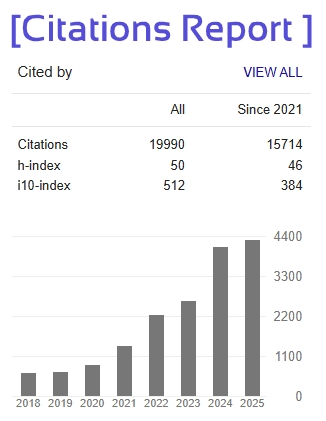Ranking Key Performance Factors in Public Building Construction: Evidence from Gaidakot Municipality, Nepal
Shankar Kandel, Email: kandel2000@gmail.com Gaindakot Municipality, Nepal
Samundra Kandel, Email: samundrakandel24@gmail.com, National Academy of Science and Technology
Sandesh Sigdel, Email: sandessigdel@gmail.com , Oxford college of engineering and management
ABSTRACT
Cost overruns and delays remain major barriers to the successful completion of building construction projects, particularly in developing nations like Nepal. This study explores the root causes of performance variance in public building construction projects in Nepal, specifically within the Gaindakot Municipality, a region noted for its developing infrastructure. Through a strict mixed-methods research approach, the methodology integrates intensive case studies with large questionnaire surveys across a broad cross-section of stakeholders, including contractors, engineers, and local government officials.
55 performance-influencing factors were identified through stakeholder consultation and literature review. They were quantified and ranked in order methodically through use of the Relative Importance Index (RII) based on participant judgment of their influence on project outcomes. The results indicate that contractor inefficiencies such as excessive work slowdowns and site administration inefficiency, economic uncertainty, and administrative delay, are among the most significant drivers of project time and cost variability.
The findings provide evidence-based suggestions for improved project management. The study provides actionable suggestions for policymakers and municipal authorities towards directing particular interventions for guaranteeing improved efficiency, timely completion, and cost-effective implementation of projects. Additionally, the implications are beyond Gaindakot, as valuable lessons are transferred to other similar urban settings in other parts of Nepal and developing countries at large, pursuing sustainable development of infrastructure.







